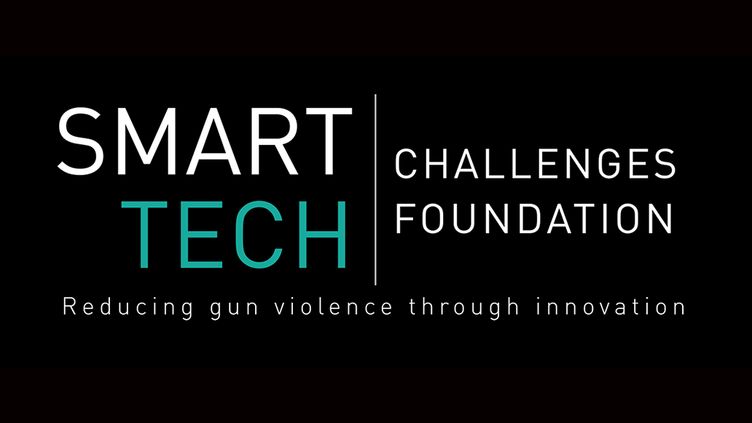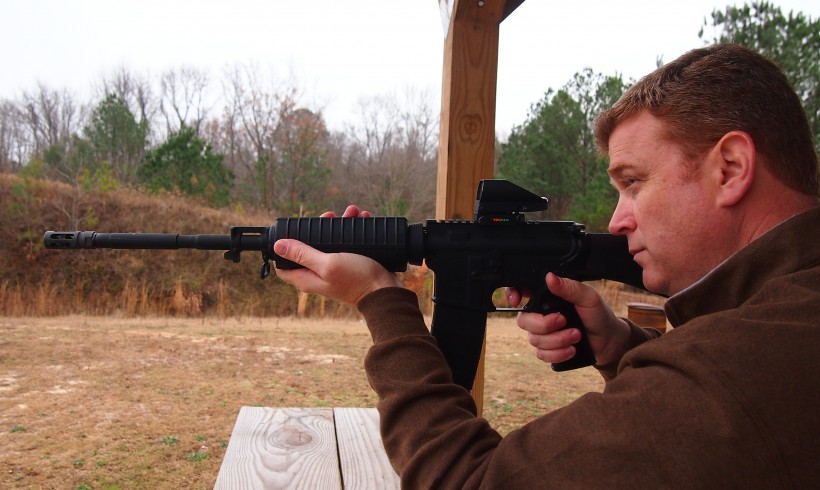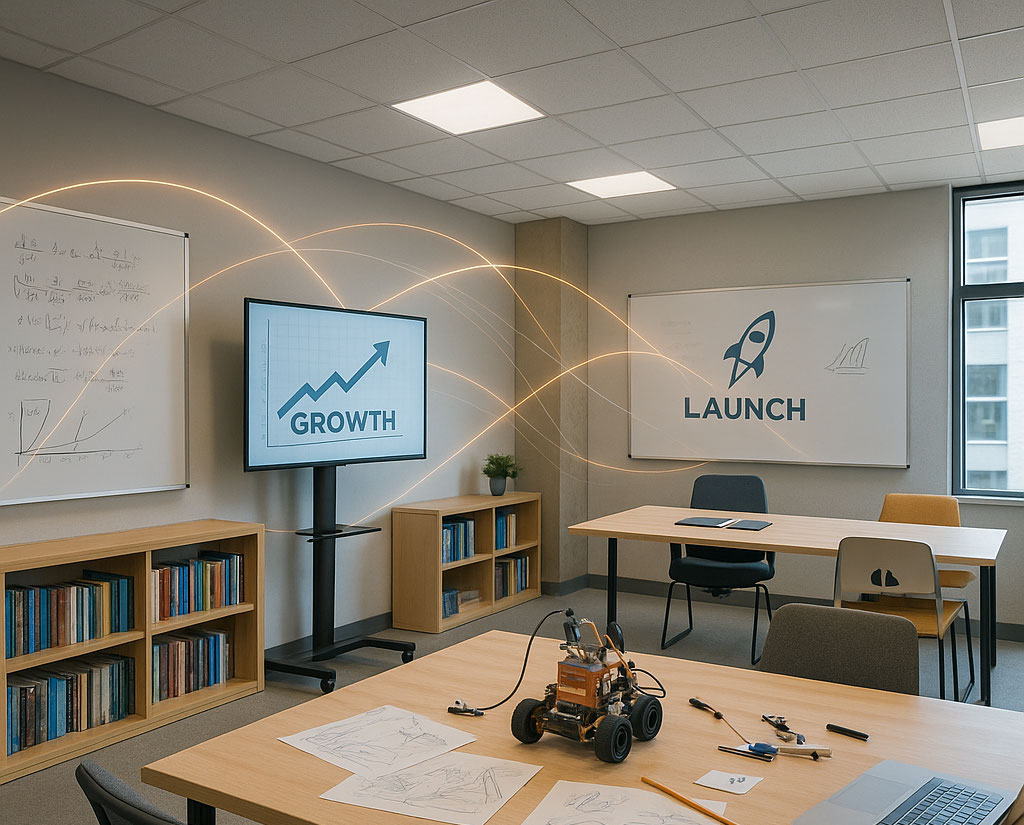

The STCF seeks to develop market-driven solutions to the issue of gun violence. Credit: HeroX
In recent years, and as part of the long march to reduce gun violence and prevent gun-related accidents, innovators have been looking to smart gun technology as a possible solution. So far, this has led to a slew of concepts, ranging from fingerprint ID scanners to RFID chips, that prevent guns from being discharged unless they are in the hands of their registered users.
To assist in this development, the Smart Tech Challenges Foundation - a non-profit organization spurring innovations in firearm safety technology - launched the Smart Tech Gun Challenge (STGC) in September of 2014. With a total of $1 million in grants to be issued, the Challenge aims to help developers bring their concepts to fruition. One such developer is Safe Gun Technology (SGTi), a Columbus-based firm behind the development of the a fingerprint-activated sensor that can retrofitted to any firearm.
This past January, they hosted a demonstration and invited locals and members of the law enforcement community to test fire a Bushmaster AR-15 rifle that has been fitted with one of their sensors. This test represented the culmination of two years of work, which was inspired by the tragic mass shooting at Sandy Hook Elementary School, where a gunman used the exact same weapon (an AR-15 rifle) to take the lives of twenty first-grade children and six educators.

The SGTi fingerprint scanner integrated into a Bushmaster AR-15 rifle. Credit: SGTi
“As a father of young children, I was deeply saddened by the tragedy that occurred nearly two years ago in Connecticut. I’m committed to furthering this technology and getting it ready for the consumer market no matter what,” said Tom Lynch, the CEO of SGTi. “I believe that if we can get firearms equipped with personalization features on the store shelves, gun owners - fathers with young children like me - will want to purchase these technologies. Responsible gun owners take great care in maintaining and safely storing their firearms. This technology is just one more feature that ensures that no child can ever accidentally harm themselves or another, and if a firearm does fall into the wrong hands, it will be inoperable.”
The user-testing demo was hosted by Muscogee County Marshal Greg Countryman, who went on record as saying that Marshall's office would be the first to use the technology once it hits the open market. The Muscogee County marshal’s deputies also assisted in the test-firing of the rifle, which gathered live data on fingerprint scanner placement and accuracy, and battery performance in live conditions.
The success of Lynch's company in developing this integrated sensor is due in no small part to the support they recieved from the Smart Tech Challenges Foundation. As a Phase 3 Innovator, they were awarded a grant of $100,000 to further their work and refine their Alpha prototype. Years back, the company sought to raise money through a campaign on Indiegogo, but failed to meet their goal of $50,000 after four weeks (they raised only $2,254).

Tom Lynch, the founder of Safe Gun Technology, demonstrates his company's system using an AR-15 rifle. Credit: SGTi
However, with the Smart Technology Challenges Foundation grant firmly in their grasp, the company has managed to complete their prototype and successfully demonstrated its effectiveness to their local community. Within a few years time, they are likely to begin commercial production of the integrated sensor kit, which could see itself being adapted to everything from hunting rifles and shotguns to handguns and assault weapons all across the country.
They are one of 15 developers who, taken together, comprise three phases of technological readiness. Phase 1 is made up of innovators that are in the early stages of developing their prototype, and who received $10,000 to begin research and development. Phase 2 consists of developing innovators that recieved $50,000 to apply their user-authentication technologies to a firearm. Meanwhile, Phase 3 is reserved for experienced innovators that were awarded $100,000 to develop and refine a prototype of the technology on an actual firearm.
As part of a non-legislative solution to the issue of gun-violence, the Smart Tech Challenges Foundation hopes to incentivize the creation of free-market solutions that will improve firearm safety, speed up the discovery of innovative solutions for gun violence and accidents, and circumvent the political gridlock over the issue of gun control - all without altering or infringing on citizen's Second Amendment rights.

Lynch test fires an AR-15 that is keyed to fire only when his finger is in contact with the sensor. Credit: SGTi
In total, some 200 applications were submitted to the Challenge, and Lynch's company was one of 15 finalists that were selected. And as Margot Hirsch, the President of the Smart Tech Challenges Foundation, said in a recent statement, the Challenge is well on its way to achieving its ultimate goal:
“User authentication technologies hold unique potential to make firearms safer by blocking unintended use and preventing accidental death and injury, especially among children, people attempting to commit suicide, and people untrained to use a weapon," she said. "While it is still in development, the Smart Tech Challenges Foundation hopes to spur advancement of the technology by awarding innovators grants to research, build, and test prototypes that can eventually scale to market.”
And be sure to check out this video of CEO Tim Lynch demonstrating the SGTi sensor:
And this video from the Smart Tech Challenges Foundation:
Sources:








